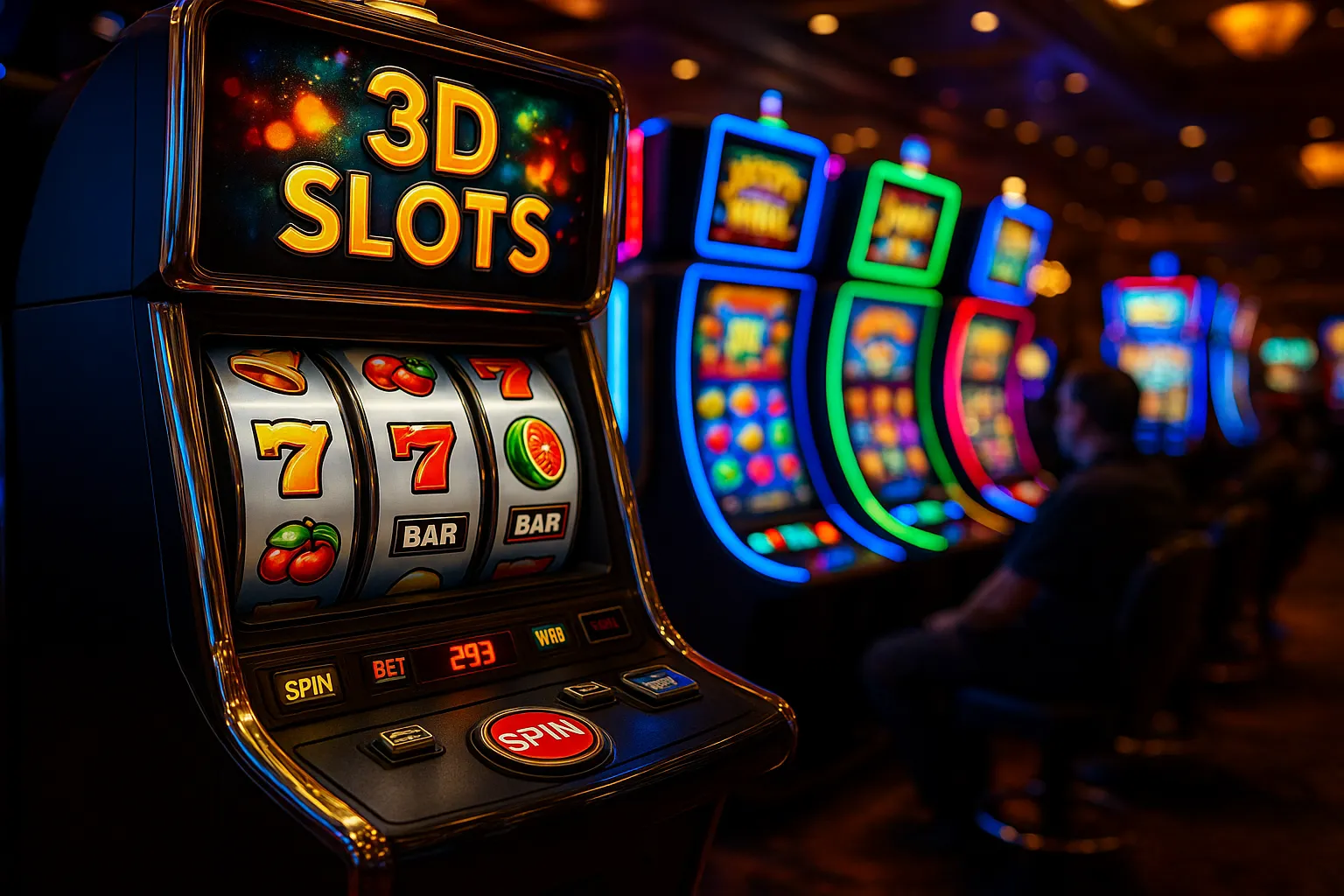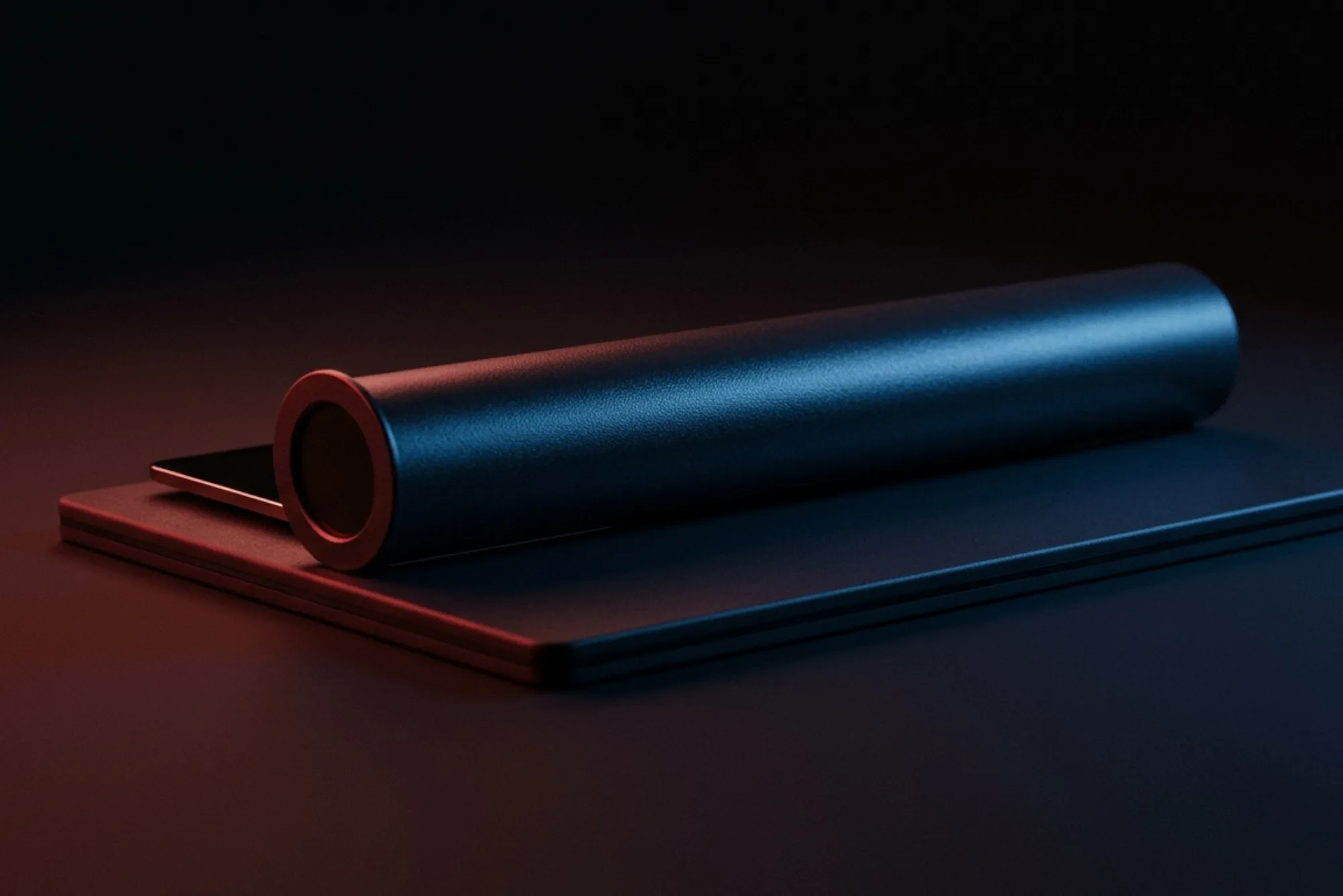The world of casino gaming is evolving at lightning speed, and nowhere is that more obvious than in the growing popularity of 3D slot machines. If you’ve strolled through any modern casino floor—or even tried your luck online—you’ve likely noticed richly animated reels, dynamic storylines, and interactive bonus rounds that feel more like a video game than the classic one-armed bandits of old. But what’s driving this shift toward three-dimensional experiences? In this deep dive, I’ll share insights drawn from industry trends, personal playtesting, and real-world examples to explain why 3D slots are taking center stage.
The Appeal of Immersive Graphics
When I first sat down at a 3D slot machine, I was struck by how alive it felt. The symbols didn’t just spin; they seemed to leap off the screen. Animations played out in cinematic fashion whenever I landed a winning combination, and even the background music shifted dynamically to heighten suspense. This level of immersion wasn’t possible with traditional 2D slots, which relied on static or minimally animated reels.
From Mechanical Reels to Video Slots
Slot machines have come a long way since their inception in the late 19th century. The earliest models relied on levers and mechanical reels, delivering a purely tactile experience. By the 1970s and 1980s, casinos began replacing physical reels with video displays. This paved the way for richer visual themes and more complex bonus features, but graphics were still largely flat and predictable.
The Leap to 3D Graphics
The real game-changer came when software developers started integrating 3D graphics engines—similar to those used in console video games—into slot design. Suddenly, reels could rotate in three dimensions, symbols could cast shadows, and whole environments could be rendered in real time. These innovations allowed for highly detailed character animations and fluid transitions, transforming passive spinning into a theatrical event.
Enhancing Player Engagement with 3D Design
3D slots aren’t just about pretty visuals—they’re crafted to keep you playing longer and coming back for more.
Immersive Themes and Storytelling
One of the biggest draws of 3D slots is their ability to tell a story. Titles like “Dragon’s Quest” or “Pirate’s Pearl” weave narrative arcs into their bonus rounds, making each spin feel like a chapter in an unfolding adventure. Even indie offerings like the quirky mission uncrossable chicken game showcase how developers can craft unique worlds around unconventional themes.
Interactive Bonus Rounds
Traditional slots often relied on simple pick-and-click mini-games for bonus features. In contrast, 3D slots can include fully animated, interactive segments where you might guide a hero through a dungeon or navigate a spaceship asteroid field. This hands-on play keeps adrenaline levels high and encourages longer sessions—both online and on the casino floor.
Technical Innovations Powering 3D Slots
None of this would be possible without advances under the hood.
Graphics Engines and Hardware
The power behind modern 3D slots lies in advanced graphics engines like Unity or Unreal, which enable developers to render complex scenes with lighting effects, particle simulations, and high-resolution textures. On the casino floor, manufacturers equip cabinets with capable GPUs to handle these demands, while online platforms leverage cloud computing and optimized code to deliver smooth gameplay on desktops and mobiles alike.
Mobile and Cross-Platform Compatibility
As mobile gaming surges, 3D slot developers have focused on ensuring their titles run seamlessly on smartphones and tablets. Efficient rendering techniques—such as level-of-detail adjustments and dynamic resolution scaling—mean you can enjoy crisp 3D animations even on mid-range devices. Cross-platform play is now common, so your progress syncing across your desktop at home and your phone on the commute is worry-free.
Case Studies and Real-World Examples
Popular 3D Titles Changing the Game
Games like “Gonzo’s Quest 3D” and “Starburst Mania 3D” have become household names in both land-based and online casinos. These titles combine eye-catching graphics with compelling gameplay mechanics—avalanche reels, expanding wilds, and chain reaction multipliers. Operator reports show that such games often deliver higher dwell times and increased average bets compared to their 2D counterparts.
Community Responses and Feedback
In online forums and social media groups, players frequently praise 3D slots for their entertainment value. Rather than viewing a session as a series of spins, many describe it as an “experience.” Developers now collect player feedback to fine-tune animations, adjust payline structures, and introduce seasonal events that keep the content fresh.
Balancing Complexity and Accessibility
Ensuring Fair Play and RNG Transparency
With greater visual complexity comes a responsibility to maintain trust. Regulatory bodies have mandated that 3D elements cannot obscure the transparent operation of the random number generator (RNG). Most games include clear indicators of paylines, RTP (return to player) percentages, and paytable information, often accessible through on-screen menus without pulling you out of the immersive environment.
Catering to Both Casual and Hardcore Players
While hardcore slots enthusiasts appreciate layered mechanics and high-roller jackpots, casual players may find elaborate bonus rounds daunting. Developers address this by offering adjustable features—simplified modes for newcomers and advanced modes for veterans. That flexibility ensures a broad appeal, contributing to the rise in 3D slot adoption across diverse demographics.
Future Trends in 3D Slot Development
VR and AR Integration
The next frontier for 3D slots is virtual and augmented reality. Imagine donning a VR headset to step into a virtual casino, pulling a lever in front of you, and watching the reels spin in a fully immersive world. AR could overlay animated slot machines onto your living room, allowing you to play on your coffee table. Early prototypes are already in development, promising to further blur the lines between gaming and reality.
Personalized Gaming Experiences
Thanks to data analytics and machine learning, casinos can tailor 3D slot experiences to individual preferences. From dynamic background music that adapts to your session’s pace to personalized bonus triggers based on your past play history, the future holds more bespoke adventures. This level of customization not only enhances enjoyment but also fosters player loyalty.
In summary, 3D slot machines represent a significant leap forward in casino entertainment. By marrying cutting-edge graphics, compelling storytelling, and interactive gameplay, these titles create experiences that resonate with today’s players. Whether you’re a casual spinner intrigued by novelty or a dedicated enthusiast seeking deeper engagement, 3D slots offer something new to explore. As technology continues to advance, expect these richly animated games to become the standard rather than the exception, reshaping how we think about slots for years to come.




